Top Five Complaints and how to Avoid Them
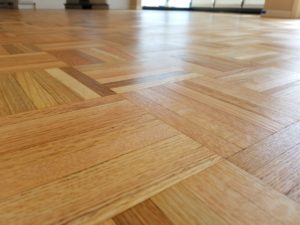 If you are a professional hardwood flooring contractor like me, installing wood floors becomes a second nature. From the preparation to the final product – it is a careful step by step process. Done right, it can yield a floor that can last more than a 100 years. It sounds so easy just reading about floor installation or watching a video on YouTube. So why are there so many problems in reality? Because installing a wood floor is not that easy. Every day home owners pay a good amount of money for so called professionals to install their floors, only to have a problem floor shortly after.
If you are a professional hardwood flooring contractor like me, installing wood floors becomes a second nature. From the preparation to the final product – it is a careful step by step process. Done right, it can yield a floor that can last more than a 100 years. It sounds so easy just reading about floor installation or watching a video on YouTube. So why are there so many problems in reality? Because installing a wood floor is not that easy. Every day home owners pay a good amount of money for so called professionals to install their floors, only to have a problem floor shortly after.
The most common complaints are:
- Cupping – that is when the edges of each floor plank are raised. A Simple solution to that is knowing your moisture content and relative humidity levels inside the home and the wood before, during and after installation. Many installers skip this step or don’t understand it. The fact is that any wood can be installed successfully in most situations. A simple check with a moisture meter and allowing time in the schedule for acclimation can prevent most of the cupping complaints.
- Gaps – whereas cupping is the result of the wood gaining moisture, gaps is the opposite. When gaps appear in the floor, it is an indication that the floor lost moisture. That means again that acclimation and/or living conditions were not met when installation took place. Gaps also happen during the winter season when dry heat from the home furnace dries the air and causes shrinkage in the wood floor.
- Squeaks – the floor look flat but makes a lot of noise. One common reason is a bad nailing technique combined with the wrong nailer and fastener gauge. Another reason could be poor milling of the wood. Either way, the installer should have noticed the issue before completing the entire floor. Another possible reason is that the sub floor has a lot of deflection so with every step the wood moves and in turn makes a squeaky sound.
- Appearance – with every flooring product the manufacturer usually allows for up to 5% of material to be out of grade. That means that in worst scenario every box of flooring will have 5% of flooring material that can’t be used or would not look so good with the rest of the floor. It is fair to say that in most cases the floor planks are pretty consistent and don’t actually have that much waste in each box. Nonetheless, when installing a floor it is good practice to mix up the boxes and communicate to the home owner what the material looks like. I’ve seen many who went to local showroom and looked at a small sample without being told that the actual floor would look much different. There will always be the dark board and the light board in the floor. It is a natural product, but when some planks look like they truly don’t belong – it is a problem.
- Transitions – doorways with really big and bulky thresholds or sliding doors with not so beautiful moldings. It is all in the details, that is what I was taught. The floor could like great but when the final touches are not crisp and pretty it can really ruin the overall “feel” of the install quality. Taking the time to plan out those details can pay off big time when the job is done.
At Avi’s Hardwood Floors we work hard to make sure every client is truly happy for years to come. This takes a lot of educating you the client and open lines of communication throughout your project. As it is impossible to make each floor perfect, we get pretty darn close to it every time.


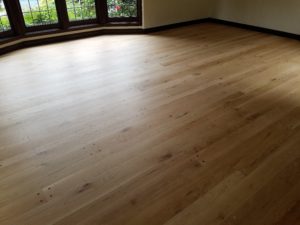 Here at Avi’s Hardwood Floors we specialize in installing, sanding and finishing wood floors. That is all we do, every day five days a week all year. One client said to me recently that he did not appreciate the full art and effort it took to refinish a floor until he saw us in action.
Here at Avi’s Hardwood Floors we specialize in installing, sanding and finishing wood floors. That is all we do, every day five days a week all year. One client said to me recently that he did not appreciate the full art and effort it took to refinish a floor until he saw us in action.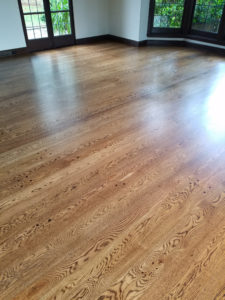 When you find and hire a professional to refinish your floors understand the following:
When you find and hire a professional to refinish your floors understand the following: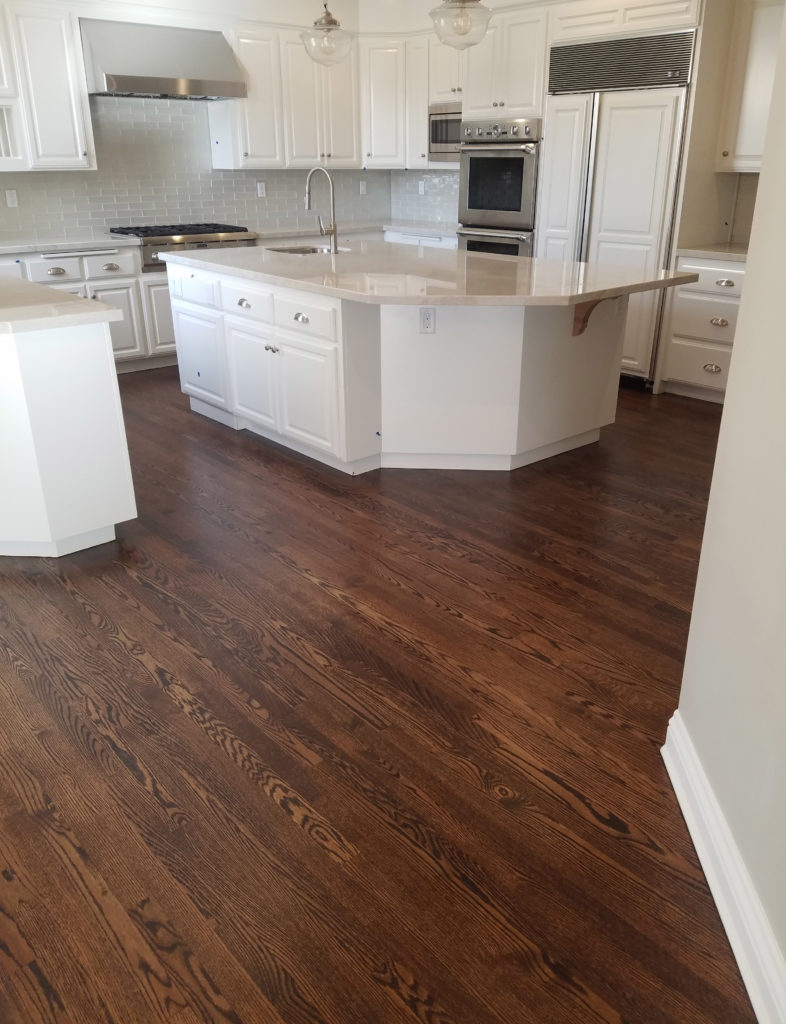 At Avi’s Hardwood Floors we use several ways to control the cleanliness of your home while we sand and finish your wood floors.
At Avi’s Hardwood Floors we use several ways to control the cleanliness of your home while we sand and finish your wood floors.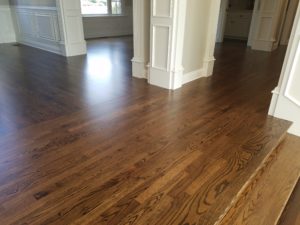 Wood dust is not something our bodies can process. Wood dust is one of the more common causes of health problems especially lung related conditions.
Wood dust is not something our bodies can process. Wood dust is one of the more common causes of health problems especially lung related conditions.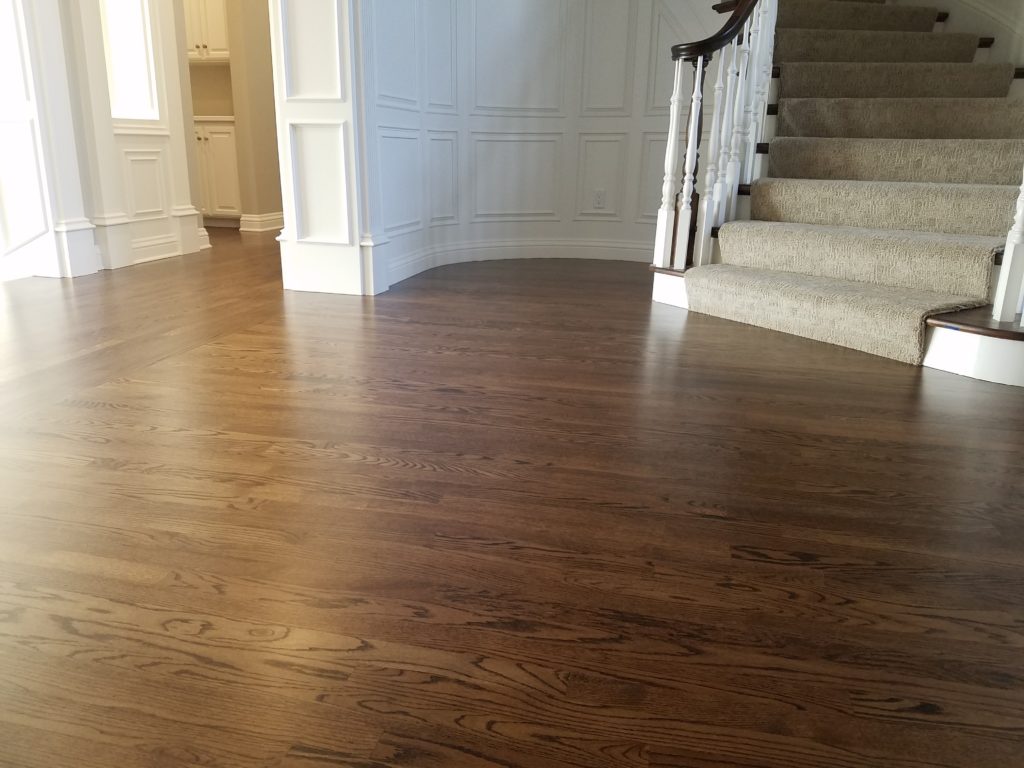
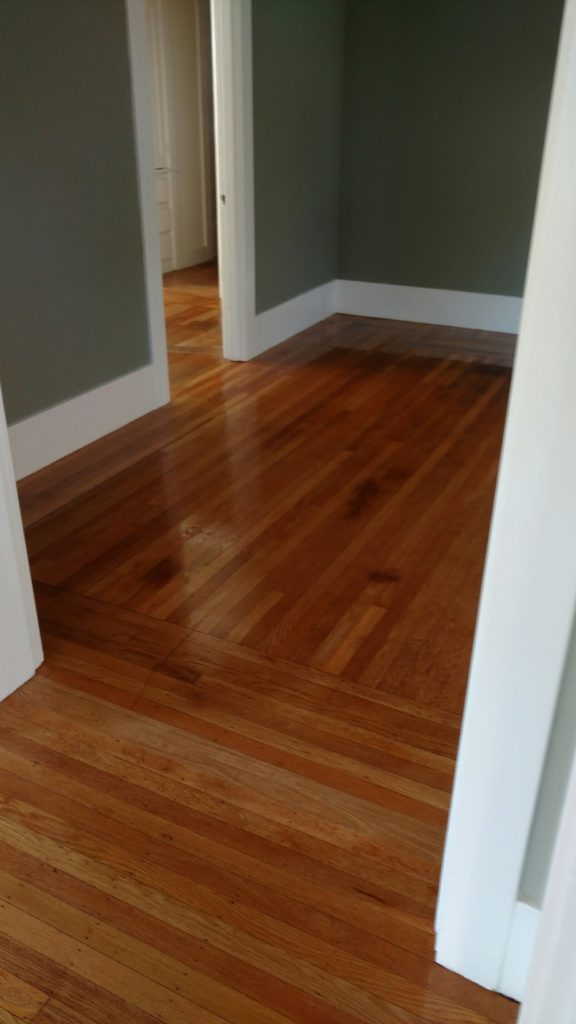 How to use and maintain your wood floors living with dogs and cats in the home.
How to use and maintain your wood floors living with dogs and cats in the home. NWFA announces Leadership Award the 2015 Board.
NWFA announces Leadership Award the 2015 Board.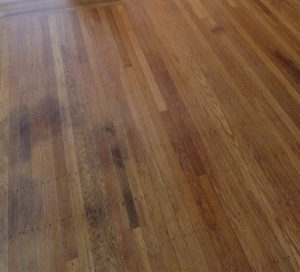 Many of us have dogs or cats as part of our family, and as such we let them inside the house on the hardwood floors. Dogs and cats will walk, run and play on the wood floors and much like us humans will cause some damages over the years. Normal use of our wood floors will eventually cause loss of sheen, scratches, dents, stains and discoloration. Having pets in the house often causes early wear and tear and/or excessive scratches. This leads me to guide you through choosing and using your new wood floors.
Many of us have dogs or cats as part of our family, and as such we let them inside the house on the hardwood floors. Dogs and cats will walk, run and play on the wood floors and much like us humans will cause some damages over the years. Normal use of our wood floors will eventually cause loss of sheen, scratches, dents, stains and discoloration. Having pets in the house often causes early wear and tear and/or excessive scratches. This leads me to guide you through choosing and using your new wood floors.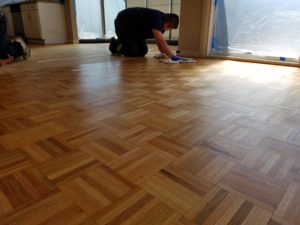 We recently refinished two oak parquet floors in the East Bay area. In both cases, the transformation was overwhelming to the home owners. Their floors were in such bad shape that they considered a floor replacement as an alternative to the refinish. A floor replacement would have cost four to five times more than a simple refinish. These days it seems as though the traditional oak look is not IN, and the weathered barn looking oak is trendier than clear urethane finishes. Rushing to tear out a solid oak floor, no matter how old it is can be costly, time consuming and doesn’t necessarily yield a much better result than preserving the floor.
We recently refinished two oak parquet floors in the East Bay area. In both cases, the transformation was overwhelming to the home owners. Their floors were in such bad shape that they considered a floor replacement as an alternative to the refinish. A floor replacement would have cost four to five times more than a simple refinish. These days it seems as though the traditional oak look is not IN, and the weathered barn looking oak is trendier than clear urethane finishes. Rushing to tear out a solid oak floor, no matter how old it is can be costly, time consuming and doesn’t necessarily yield a much better result than preserving the floor.